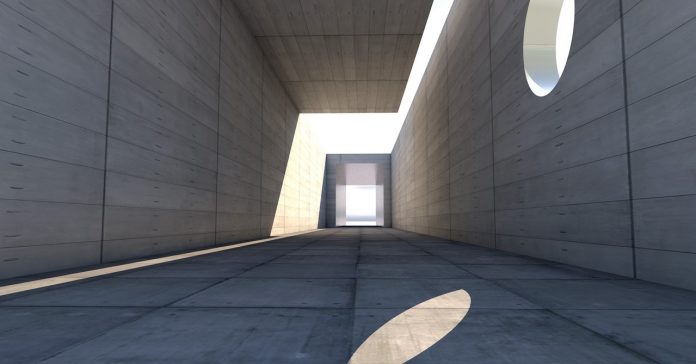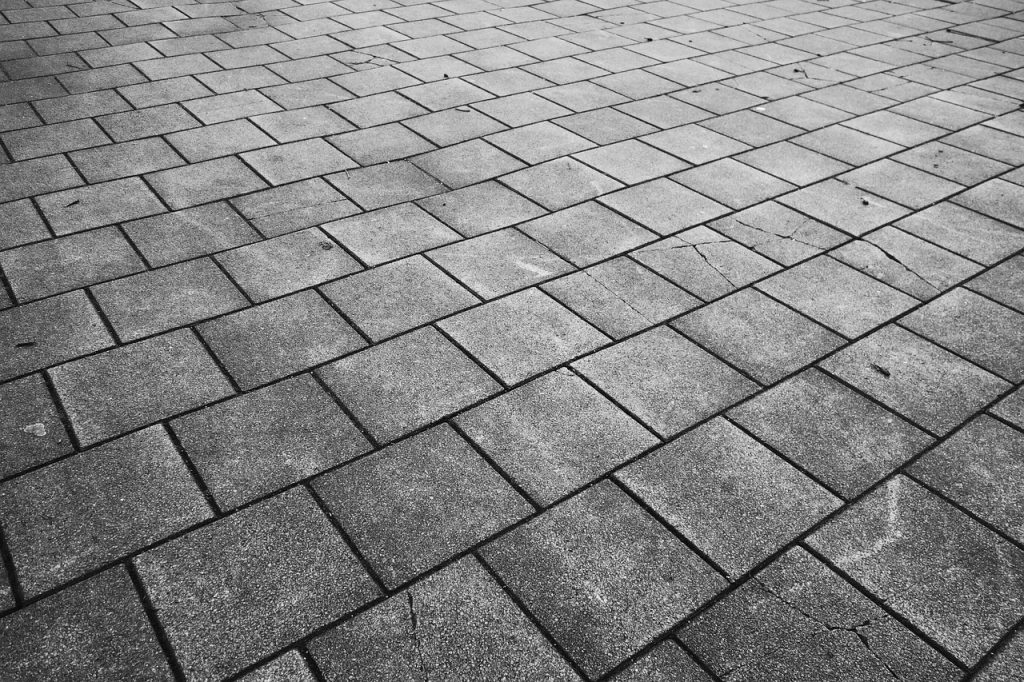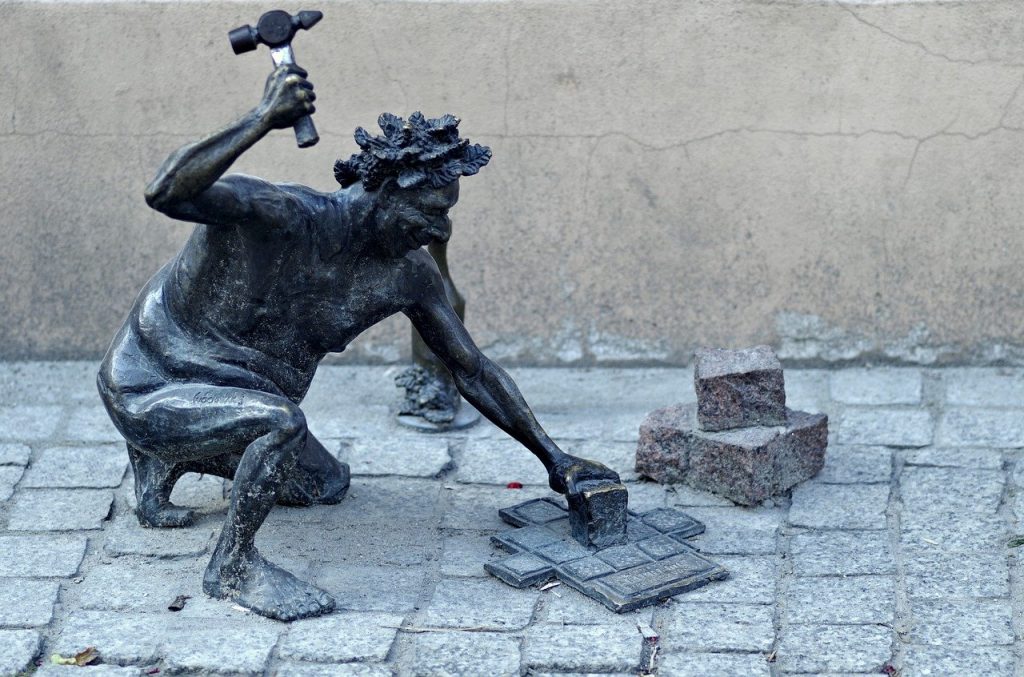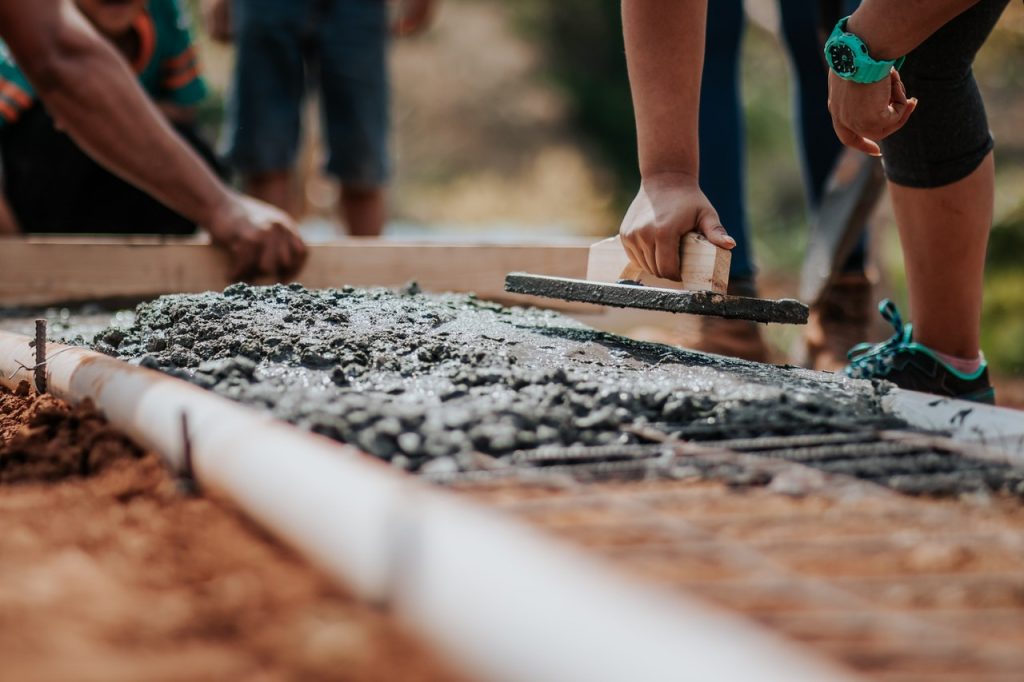
These are the two possibilities that spring to mind immediately when it comes to picking on carpet options to adorn your house entry or driveways.
Your gut instincts have most likely already told you what you actually want for your home, but by reading our Pavers vs Concrete comparison, you will have all the information you need to make an informed decision.
Which substance outperforms the others? Which is the more costly option? Which takes the most upkeep? What about maintenance? All of your queries will be answered right here.
The Basic Differences Between Pavers and Concrete
 Pavers, also known as paving stones, are individual pieces constructed of brick, concrete, or natural stones that are arranged in patterns to form a visually appealing and incredibly durable flooring system.
Pavers, also known as paving stones, are individual pieces constructed of brick, concrete, or natural stones that are arranged in patterns to form a visually appealing and incredibly durable flooring system.
Poured concrete, which is also a durable flooring choice, competes with pavers in this examination.
In this study, we will go over the key differences between these two solutions in terms of appearance, durability, maintenance, repairs, safety, installation, pricing, and returns on investment.
Appearance
 Although it may be argued that this is a question of personal opinion, pavers are generally thought to be more visually pleasing than concrete slabs.
Although it may be argued that this is a question of personal opinion, pavers are generally thought to be more visually pleasing than concrete slabs.
Paving stones are available in a wide range of colors, textures, forms, and sizes, and they may be put in a number of designs. Pavers may adhere to any design due to the combination of all of these elements.
Poured concrete provides a great level surface that can be colored and pigmented, however these normally fade over time. Stamped concrete slabs, which are concrete slabs designed to seem like pavers, may be used to obtain greater design options.
Stamped concrete is designed to look like pavers, but it costs the same.
Durability
 When it comes to durability, pavers have an advantage because they are claimed to be four times as sturdy as concrete slabs. It also helps if pavers be set in smaller sections.
When it comes to durability, pavers have an advantage because they are claimed to be four times as sturdy as concrete slabs. It also helps if pavers be set in smaller sections.
Concrete slabs are prone to cracking and breaking over time. These events can occur as a result of a movement in the earth underneath them or even temperature changes.
Although both alternatives are incredibly robust, concrete will last for many years and pavers for decades.
Repairs
 Regardless of how long-lasting any solution is, it will eventually fail you and crack (or erode, in case of concrete pavers). When this happens, paver repairs become much easier to handle. You will only need to replace individual components, which are inexpensive and easy to perform on your own.
Regardless of how long-lasting any solution is, it will eventually fail you and crack (or erode, in case of concrete pavers). When this happens, paver repairs become much easier to handle. You will only need to replace individual components, which are inexpensive and easy to perform on your own.
Concrete repairs are more difficult since the entire slab must be removed and repoured. What drives the need for specialized equipment and skilled labor?
Even if you hire a professional to repair your pavers, the cost will be much lower.
Maintenance
 Because there isn’t much to do but clean, concrete is easy to maintain. You may seal concrete slabs on a regular basis to avoid stains, which is highly recommended.
Because there isn’t much to do but clean, concrete is easy to maintain. You may seal concrete slabs on a regular basis to avoid stains, which is highly recommended.
Although cleaning pavers is not difficult, it is not as simple as cleaning concrete. Also, paver joint sand will require some attention to minimize loosening and weed development, but this may be avoided entirely if you use polymeric sand.
It is also optional and recommended to seal pavers on a regular basis to avoid discoloration.
Safety
Concrete slabs have a flat, smooth surface that is extremely slippery when wet.
Pavers, on the other hand, are inherently more slip-resistant and may be texturized or have raised edges to promote safety even more.
Installation
 Pavers are harder to install; if you’ve read our article “How to Level the Ground for Pavers,” you’ll understand why.
Pavers are harder to install; if you’ve read our article “How to Level the Ground for Pavers,” you’ll understand why.
Both pavers and poured concrete require a foundation and excavating to be put; nevertheless, pavers necessitate more labor. This raises installation expenses as well.
If you want to do it all yourself, neither option is suggested; however, pavers will be easier for you, because properly pouring and curing concrete takes expertise and materials that are more difficult to get.
Paver installation necessitates a substantial amount of groundwork.
Costs
 The overall cost of your project will vary depending on the type of concrete or pavers you use, as well as the size of the area you wish to cover.
The overall cost of your project will vary depending on the type of concrete or pavers you use, as well as the size of the area you wish to cover.
The cost of installing a concrete patio or driveway averages between $6 and $10 per square foot, according to Home Advisor. Meanwhile, paver installation costs between $10 and $20 per square foot.
That implies pavers are more expensive when it comes to installation costs. Keep in mind that if you choose stamped concrete, the installation cost will be comparable to that of pavers.
Even if the cost of placing pavers is higher, things will be different in the long term. Each concrete slab repair will easily cost $1,000 or more, however paver repairs would cost much less.
Return on Investment (ROI)
Consider the fact that pavers will last longer and cost far less to replace. That alone would imply that pavers provide a higher ROI. But wait, there’s more.
Pavers can also immediately increase the value of your home owing to its impact on curb appeal, which means you may recoup part of your investment if you ever decide to sell your home; sadly, the same cannot be said with concrete.
Which is better for me, pavers or concrete?
 Congratulations on making it this far. If you’re still undecided, we see no reason why you shouldn’t go with pavers unless your money is insufficient.
Congratulations on making it this far. If you’re still undecided, we see no reason why you shouldn’t go with pavers unless your money is insufficient.
However, there are other paver alternatives available, and the real cost of your job may not be as exorbitant as you believe. We strongly advise you to call a paver contractor in your area and ask for a free quotation.

